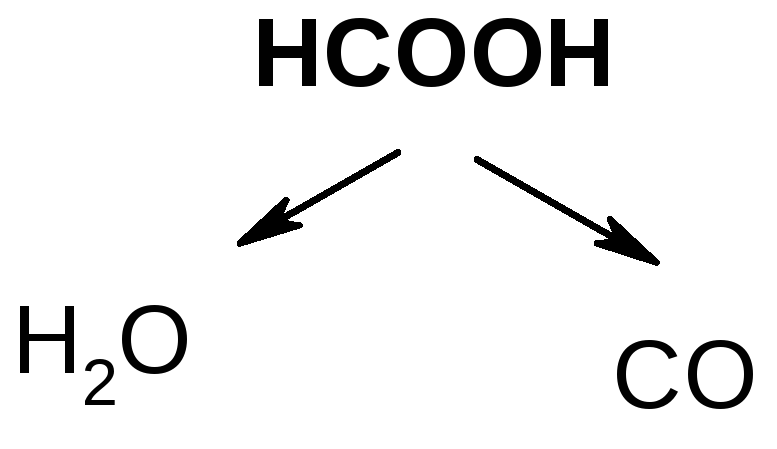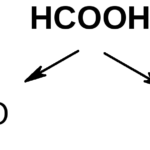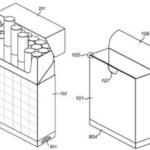Organic chemistry is the branch of science that focuses on the structure, properties, and reactions of compounds containing carbon. In this field, HCOOH (formic acid), CH₂ (methylene group), and H₂O (water) are simple yet incredibly important molecules. Each plays a specific role in organic reactions, synthesis, and mechanisms.
This guide will break down the function and importance of these three molecules in a clear, simple, and detailed way — even if you’re new to organic chemistry.
1. HCOOH – Formic Acid
What is HCOOH?
HCOOH is the chemical formula for formic acid, the simplest carboxylic acid in organic chemistry. It consists of:
- One carbon atom
- One hydroxyl group (-OH)
- One carbonyl group (=O)
- And one hydrogen atom is attached directly to the carbon
Structure:
O
||
H–C–OH
Natural Occurrence:
- Found in ant venom, bee stings, and nettles
- Named after the Latin word formica (ant)
Role of HCOOH in Organic Chemistry
a) As a Carboxylic Acid
Formic acid belongs to the carboxylic acid family, and it shows typical acid behavior in organic reactions:
- It can donate a proton (H⁺) in acid-base reactions
- It participates in esterification reactions
b) As a Reducing Agent
Formic acid is used as a reducing agent, especially in:
- Reduction of metal oxides
- Hydrogen transfer reactions (it can release H₂ gas under certain conditions)
c) In Organic Synthesis
Formic acid is used in several important organic reactions, such as:
- Formylation reactions: Adding a –CHO group to aromatic rings
- Dehydration reactions: Removing water from compounds
- Production of formate esters: Used as solvents and intermediates
d) As a Solvent and Catalyst
Because it is polar and acidic, formic acid is sometimes used:
- As a solvent for chemical reactions
- As an acid catalyst in esterification and hydrolysis reactions
2. CH₂ – The Methylene Group
What is CH₂?
CH₂ is called the methylene group. It consists of:
- One carbon atom
- Two hydrogen atoms
Structure:
A single carbon with two hydrogens: –CH₂–
CH₂ is not a molecule on its own, but a part of larger molecules.
Role of CH₂ in Organic Chemistry
a) Building Block in Hydrocarbons
CH₂ groups link together to form long chains of:
- Alkanes (single bonds only)
- Alkenes (with double bonds)
- Alkynes (with triple bonds)
Example:
- Ethane: CH₃–CH₃ (contains a CH₂ in the middle)
- Propane: CH₃–CH₂–CH₃
b) Flexible in Functional Group Positioning
The CH₂ group often serves as a bridge between functional groups, affecting:
- Reactivity
- Polarity
- Stability
Example: CH₂ between an alcohol and a carboxylic acid can form amino acids like glycine.
c) Reactive Intermediates (Carbenes)
A special reactive form of CH₂, called methylene carbene (CH₂:), has two unshared electrons and is extremely reactive. It is used in:
- Cyclopropanation reactions
- Inserting into C–H bonds
These reactive intermediates are valuable in advanced organic synthesis.
3. H₂O – Water
What is H₂O?
Water is a simple but extremely important molecule:
- Two hydrogen atoms
- One oxygen atom
- Bent molecular shape and highly polar
Structure:
H–O–H
Role of H₂O in Organic Chemistry
a) Solvent in Reactions
Water is commonly used as a solvent in organic chemistry:
- For acid-base reactions
- For nucleophilic substitution (SN1 and SN2)
- In hydrolysis and hydration reactions
Because it’s polar, it dissolves many ionic and polar organic compounds.
b) Participates in Reactions
Water is not just a solvent, it’s also a reactant or product in many key reactions:
- Hydrolysis:
Breaking bonds using water
Example: Ester + H₂O → Alcohol + Carboxylic Acid - Dehydration:
Removing water to form double bonds
Example: Alcohol → Alkene + H₂O - Hydration:
Adding water to double bonds
Example: Alkene + H₂O → Alcohol
c) Influences Reaction Mechanisms
In SN1 reactions, water:
- Acts as a nucleophile
- Stabilizes the carbocation intermediate
- Helps drive the reaction to completion
d) pH Control and Catalysis
Water can influence pH by interacting with acids and bases.
In acidic or basic solutions, water:
- Can act as a catalyst
- Accepts or donates protons (acts as an acid or base)
Summary of Key Roles
| Molecule | Name | Key Roles in Organic Chemistry |
| HCOOH | Formic Acid | Acid, reducing agent, solvent, catalyst, reagent |
| CH₂ | Methylene Group | Structural unit, reactive intermediate (carbene), linker |
| H₂O | Water | Solvent, reactant, hydrolysis/hydration, pH control |
Real-World Applications
Formic Acid (HCOOH)
- Used in leather tanning, textile dyeing, and rubber production
- Acts as a preservative in livestock feed
- Reducing agent in fuel cells (direct formic acid fuel cells)
CH₂ Groups
- Found in polymers like polyethylene and polypropylene
- Used in the creation of drugs, plastics, and synthetic fibers
Water (H₂O)
- Essential for green chemistry (eco-friendly reactions)
- Plays a key role in biochemical reactions and enzymatic activity
Conclusion
In organic chemistry, even the simplest molecules can have powerful effects.
- HCOOH (formic acid) acts as an acid, solvent, and reducing agent.
- CH₂ (methylene) serves as a basic building block and reactive group.
- H₂O (water) is the universal solvent and an active participant in many reactions.
Understanding their roles helps students and chemists predict reaction outcomes, design better synthesis pathways, and solve real-world problems in science, industry, and medicine.












